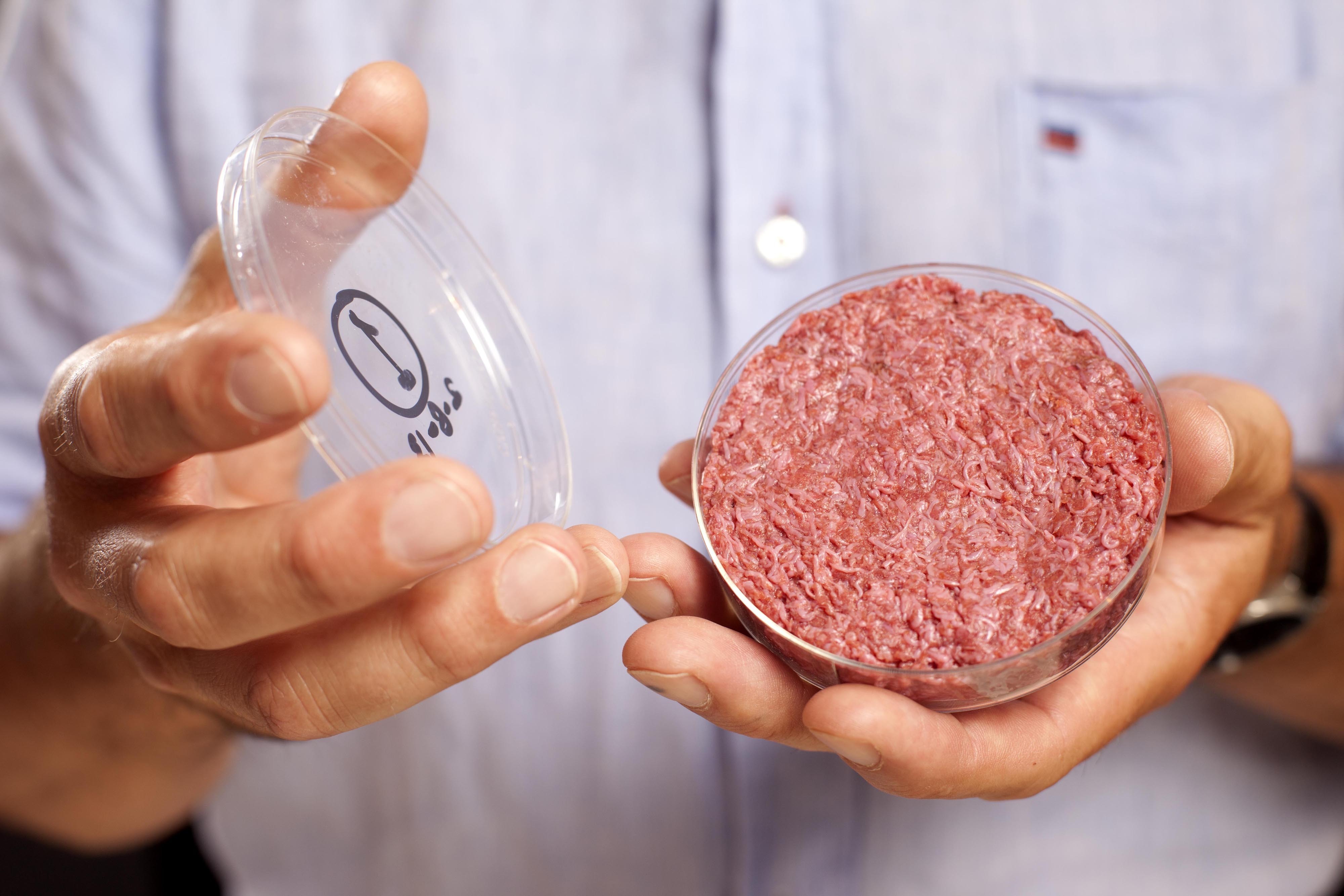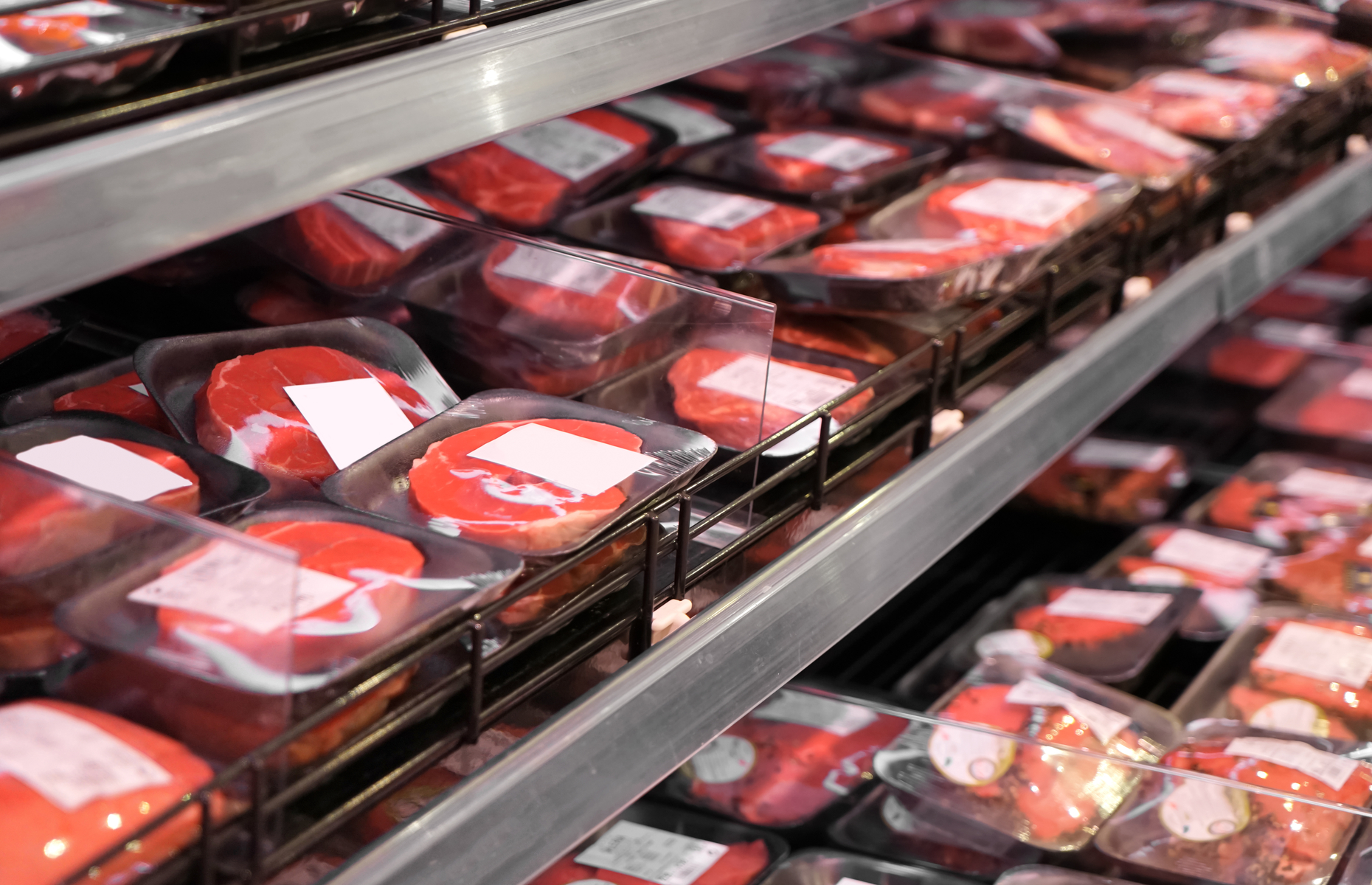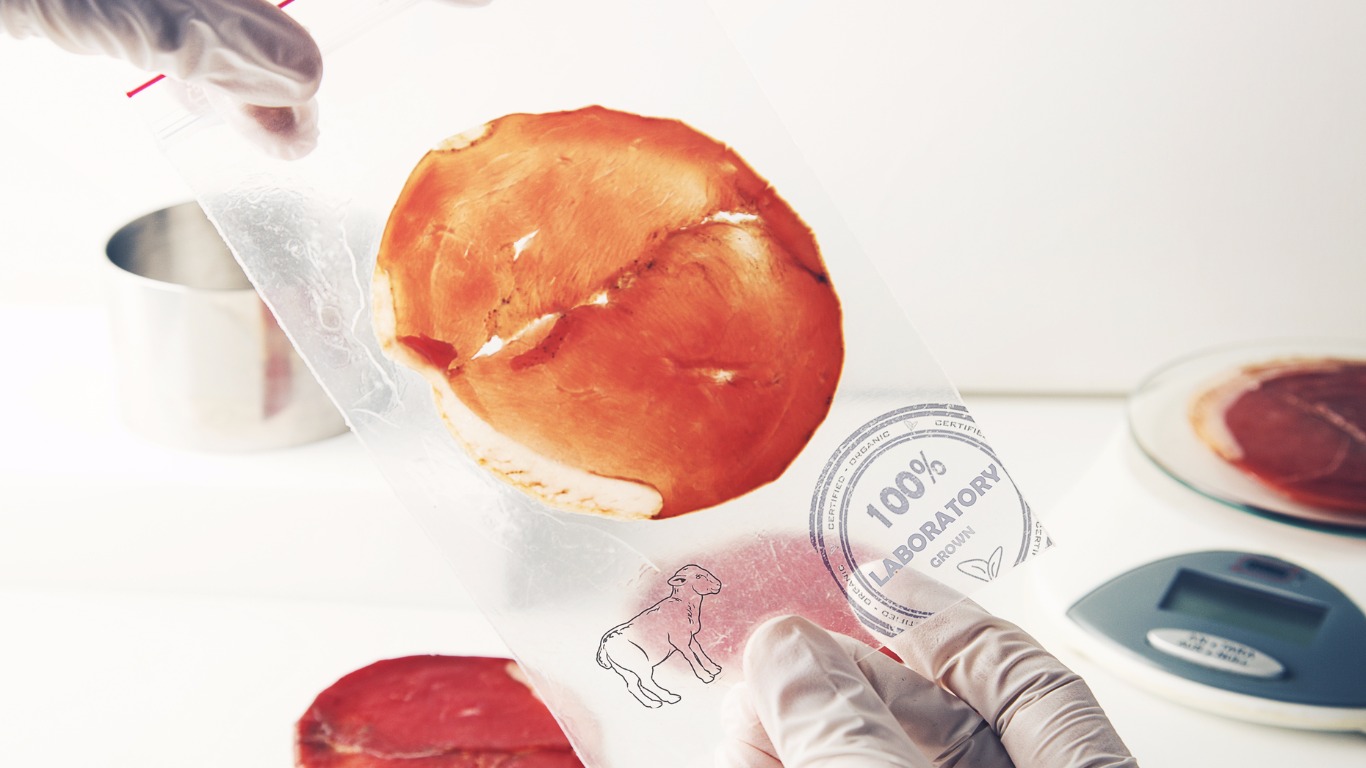Would you eat lab-grown meat?
If you thought the idea of meat grown in a laboratory sounds like something out of science fiction, you would be right. But today it's increasingly becoming a reality. Sejal Sukhadwala investigates.
What is lab-grown meat?
Known more accurately as cultured meat or in-vitro meat, it is meat grown from cells in controlled artificial conditions. Its supporters refer to it as ‘clean meat’ because of the way it’s produced, and critics dismiss it in horror as ‘frankenmeat’.
The idea developed from cellular agriculture, a form of science that combines medicine and farming. It builds on advances in tissue engineering, bioengineering and synthetic biology to find new ways of producing agricultural products like meat and milk from cells and microorganisms. It uses many of the same techniques as regenerative medicine.
It's made by collecting cells from animals, either starter cells such as embryonic stem cells, which divide and grow rapidly, or those that have finished developing such as muscle cells. They’re treated with a protein to help them grow, hung up on a scaffold to create three-dimensional meat, and placed in a growth medium such as a bioreactor.
It’s estimated that ten pork muscle cells would yield up to 50,000 tons of meat within two months.

You may recall a cultured meat burger launched with some fanfare in London a few years ago.
This is how Hanni Rützler, a ‘future food’ researcher, described it at the time: “There is really a bite to it, there is quite some flavour with the browning. I know there is no fat in it so I didn't really know how juicy it would be, but there is quite some intense taste; it's close to meat, it's not that juicy, but the consistency is perfect. This is meat to me... It's really something to bite on, and I think the look is quite similar.”
How did the idea develop?
Biologist Russell Ross grew muscular fibres of a guinea pig as far back as 1971 but it was in the 1990s that the potential for food production started to be investigated. In 1998, American Jon F Vein secured a patent for making fish, poultry and beef from muscle and fat cells grown together.
In 2001, a team filed an international patent for producing cultured meat by combining collagen with muscle cells. In the same year, NASA started experiments, first producing cultured meat from turkey cells. The following year, a science research consortium created fish fillets from goldfish cells. A year later, a team from Harvard Medical School produced a small steak from frog stem cells, which was later cooked and eaten.
The cultured meat burger unveiled in London in 2013 was made from the stem cells of a cow grown into 20,000 thin strips of muscle. It was cooked by chef Richard McGeown of Couch’s Great House Restaurant in the village of Polperro in Cornwall. The venture was made possible by a funding of €250,000 from Google co-owner Sergey Brin.
Since then, a number of start-ups have made progress. For instance, Memphis Meats has produced cultured beef meatballs and chicken fillets. Last year, Israeli company SuperMeat ran a crowdfunding campaign to produce cultured chicken.

What are the advantages?
The most obvious one is that it’s cruelty-free. As animals have billions of cells in their bodies, they don’t have to be killed – a syringe is all that it takes to draw cells from them, usually a quick process under anaesthesia from which the animal does not suffer.
It’s also safer and more efficient. No antibiotics are required in its production, and the tissue samples are screened to make sure the animal doesn’t have any diseases.
There are also major environmental benefits. It requires less energy and land to produce, and emits fewer greenhouse gases compared to farming. Some scientists are sceptical though, believing large-scale production will eventually require more energy and fuel.
Finally, there’s the novelty value: producers can tinker with colours, textures and flavours; and could even use the cells of rare or exotic animals, potentially banishing their illegal trade. The lesser fat content would also appeal to those seeking healthy foods.

What are the challenges?
In terms of edible appeal, lab-grown meat currently lacks the moisture to make it taste like the real thing, and complex textures may be difficult to achieve. Lack of fat and bone, which give flavour to conventional meat, may prove to be another obstacle.
At the moment, Jews don’t agree on whether cultured meat is kosher; and Muslim leaders have said they may only permit it if the cells are halal. Government regulation and standards have yet to be set, and there is the chance some may ban it altogether.
Critics also claim that cultured meat is unnatural and therefore off-putting. Yet you could argue that compared with highly industrialised animal agriculture, it’s just as ‘real’ as much of the conventional meat on supermarket shelves.
Genetic modification techniques are generally not used, but some researchers are considering the use of GM techniques to improve the meat’s quality and sustainability – for instance, fortifying it with nutrients to feed malnourished populations. However, it relies on technologically sophisticated processes – so far from making small communities or poorer nations self-sufficient, it could make them dependent on large global corporations.

Is it suitable for vegetarians?
Not always. Foetal Bovine Serum (FBS) is sometimes used in its production. This involves slaughtering a pregnant cow and drawing blood from the heart of its living foetus – so not so cruelty-free after all.
However, more and more researchers are actively looking for plant-based alternatives, using certain kinds of bacteria and algae instead. Another objectionable use is that of cochineal, a dye derived from insects.
Setting aside these issues, animal welfare groups are generally in favour of cultured meat as it has no nervous system, therefore it cannot feel pain – it’s effectively animal meat without the animal. Indeed in 2008, PETA offered a $1 million prize to the first company to produce cultured chicken in commercial quantities within four years.
When will we be able to buy it?
The biggest obstacle is the cost: cultured meat is currently very expensive to produce, which is why you may not see it in your local supermarket in the next few years.
Making it commercially viable will require huge investment. However, with technological advances, the cost is expected to come down significantly. This is already starting to happen: in 2008, it took $1 million to produce 250 grams of beef; but by 2016, it cost less than $11,000.
However, a chronic lack of funding for research projects continues. Research is currently ad hoc and lacking in academic coherence, with only a handful of researchers dedicated to the field.
Yet even in the face of these challenges – and philosophical and ethical implications – this is a topic you’ll be hearing about a lot in the future. You can already plan a meal at the fictitious restaurant Bistro In Vitro and support crowd-funded research projects.
Only one question remains: would YOU actually eat lab-grown meat? Tell us in the comments below.
Comments
Do you want to comment on this article? You need to be signed in for this feature

